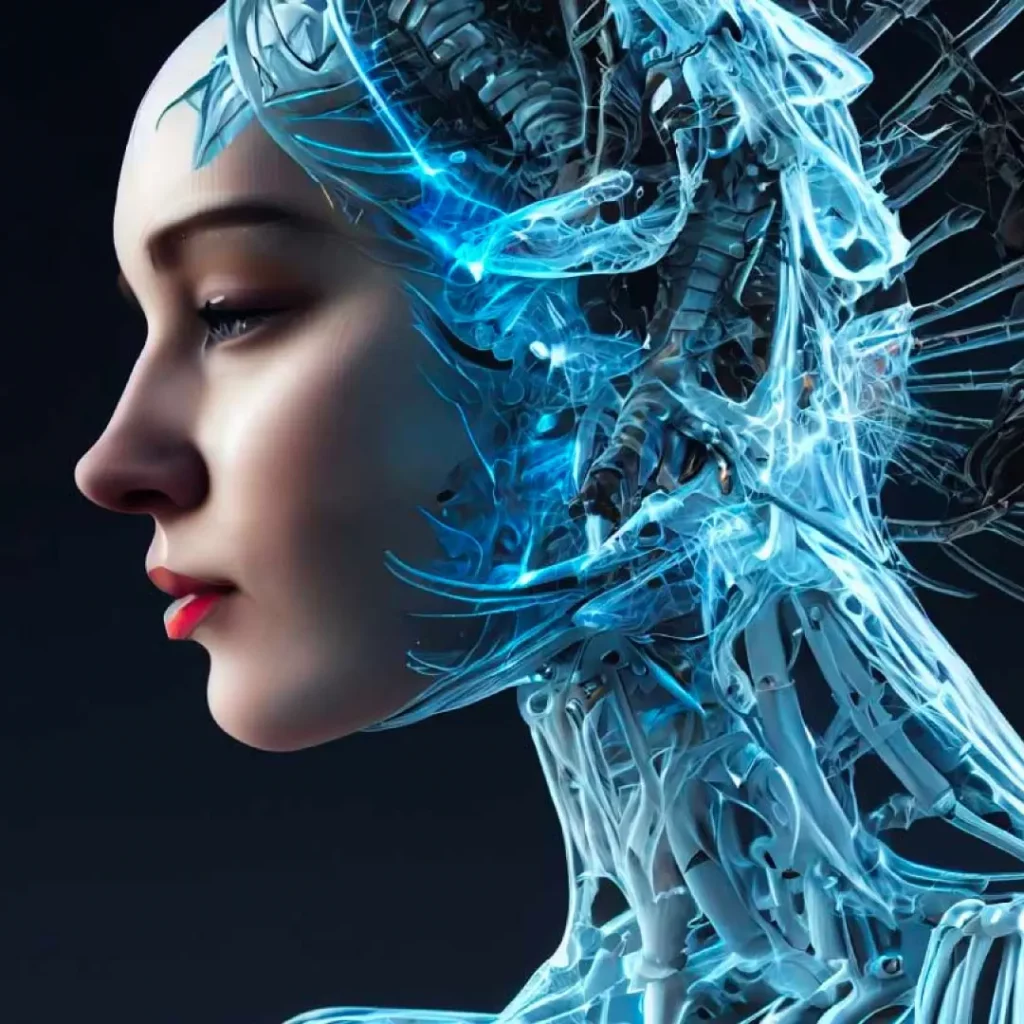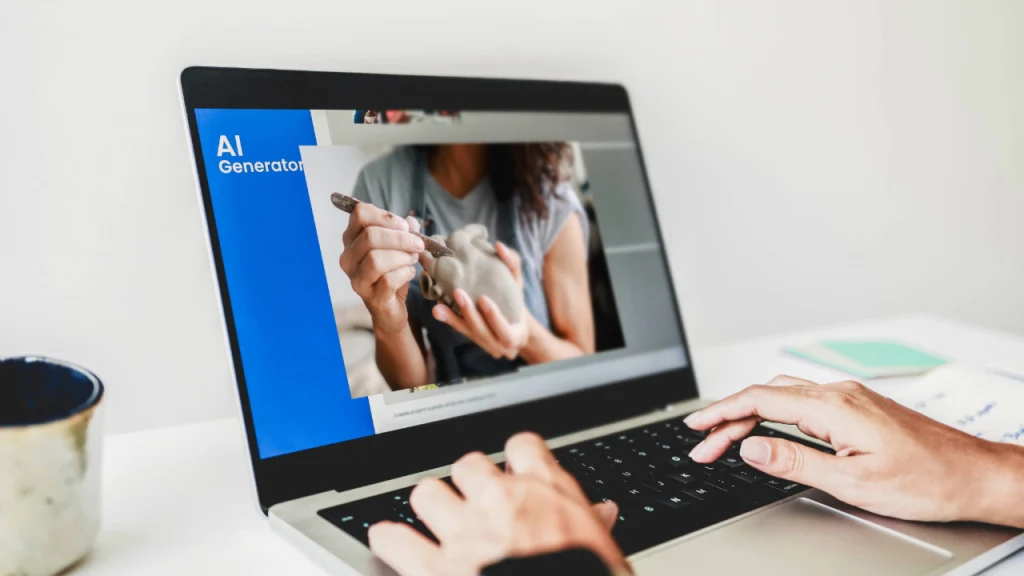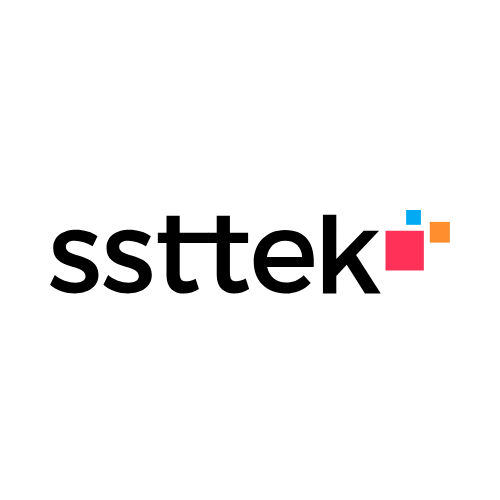Deepfake programs can produce highly realistically manipulated videos or images by using artificial intelligence algorithms to replace faces and voices and even create completely fake images. Deepfake technology have gained popularity due to their creative and entertaining aspects; their rise in recent years has raised ethical and security concerns. In this blog post, we will examine deepfake technology, its advantages and disadvantages.
Benefits of Deepfake Technology
Entertainment and Creative Improvements: Deepfake has revolutionized the entertainment industry by allowing filmmakers to create visually stunning scenes and characters by seamlessly blending actors with digital elements, fictional scenarios that were previously impossible like bringing deceased actors back to the screen. Additionally, it provides new means for special effects and computer-generated imagery (CGI). It is possible to foresee that deepfake technology will take the overall cinematic experience to a whole new level by expanding the boundaries of storytelling and increasing audience engagement.
Historical and Educational Applications: Deepfake technology can be used effectively in educational settings by recreating historical events or famous speeches. In this way, students can witness important moments in history firsthand and gain a deeper understanding and interaction opportunity on the subject. Additionally, deepfake can enable researchers to analyze and reconstruct archaeological artifacts and restore damaged historical images.
Simulated Training: Deepfake technology can be used for training purposes in various fields such as health, military and law enforcement. Simulated scenarios can make lifesaving trainings possible and easier by providing a safe and controlled environment for professionals to develop hands-on skills in critical decision making, crisis management and conflict resolution.

Potential Risks
Misinformation and Manipulation: One of the biggest concerns raised by deepfake technology is the potential for malicious use. Deepfake can be used to spread disinformation, make propaganda or defame someone. People, especially political figures and celebrities may be at risk of having their identities stolen and included in fake news, which can lead to reputational damage and social unrest.
Privacy Violation and Cyberbullying: There is also the risk of deepfake technology being used to violate privacy rights. By creating convincing videos or images, malicious people can manipulate someone’s appearance or voice without their consent and expose them to cyberbullying, harassment or blackmail. This can raise important legal and ethical questions on issues such as consent, withdrawal of consent and the right to control one’s self-image.
Loss of Trust and Authenticity: It is quite possible that the rise of deepfake technology will undermine trust in the media and exacerbate the already widespread problem of misinformation. As this technology evolves, it becomes harder to distinguish between real and virtually produced content. This loss of trust in visual evidence can have far-reaching consequences for journalism, public discourse and democratic processes.
Potential for Criminal Activities: Deepfake can be used for criminal activities such as identity theft, fraud and blackmail. Impersonating someone using deepfake technology can lead to unauthorized access to sensitive information, financial fraud and even political destabilization. Law enforcement may face difficulties in detecting and prosecuting these crimes due to the advanced technology used to create deepfakes.
As a result, deepfake technology presents an admirable yet complex picture with its advantages and disadvantages. It is extremely important to maintain stability by addressing ethical and safety concerns while enjoying the benefits it provides. Going forward, it is necessary to make legal arrangements and develop more advanced technology detection systems to ensure that this technology is used responsibly and to protect individuals from its potential risks.


